Scientists say new reference genome for a genetically improved tilapia strain could act as ‘baseline’ to breed beneficial traits
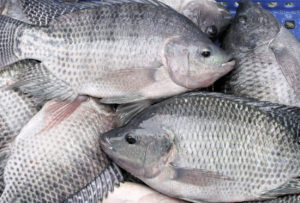
The first full, high-quality reference genome for a genetically improved tilapia strain has been published, offering the potential to improve food security for billions of the world’s poorest people.
A collaboration between the Earlham Institute, the Roslin Institute and WorldFish has produced this fundamental resource for fish breeders looking to develop strains that grow bigger, grow quickly and have improved resilience to the environmental challenges of a warming planet. It reveals substantial and unique genetic variation in farmed strains of tilapia, highlighting the need to use this strain-specific resource to inform future breeding programs.
“The insights offered by development of the entire genome of this key fish species will enable research towards ensuring sustainably produced supplies, to support a healthy source of nutrition for growing populations,” said Dr. Diego Robledo, study author at the Roslin Institute.
The Nile tilapia (Oreochromis niloticus) is the third-most farmed species of fish in the world. Its success is largely thanks to continuous efforts to breed strains that can grow and gain weight quickly.
GIFT tilapia: Technology for successful selected strain continues
The Genetically Improved Farmed Tilapia (GIFT) program, spearheaded by the research institution WorldFish (CGIAR), has given rise to one of the elite strains found today and distributed worldwide. But this has all been achieved through selective breeding without a complete reference genome.
“A reference genome provides a full, annotated catalogue of all the genes in an organism,” said Dr. Wilfried Haerty, study author and group leader at the Earlham Institute. “This crucial resource is the basis for modern breeding programs. WorldFish, who are leading on further developments of GIFT, can now use the reference genome as the baseline to work from when looking to breed beneficial traits.”
To accelerate the development of improved GIFT strains through genomic selection, researchers at the Earlham Institute and Roslin Institute teamed up to generate a near-complete and high-quality reference genome.
WorldFish provided tissues to Earlham Institute researchers, who used a combination of short- and long-read sequencing techniques to create a chromosome-level genome assembly for GIFT. This was supported by a linkage map developed at the Roslin Institute, built on work from WorldFish to develop an SNP chip. The genome was then annotated, using a cutting-edge approach developed by the Swarbreck Group at the Earlham Institute.
“This collaboration has laid a strong foundation for us to produce new strains of GIFT that are more resilient to a changing climate – reducing production risks for fish farmers and increasing yield to feed nutritious animal protein to a growing global population,” said Dr. John Benzie, WorldFish’s Acting Director of Aquatic Foods Biosciences.
The GIFT strain was originally developed from a mix of commercial and wild Nile tilapia strains, as well as crosses with other species. By using the genomes of closely-related species, including Oreochromis mossambicus and Oreochromis aureus, they were able to reveal the extent to which genetic material may have passed between species in the past – and identify the specific regions in the GIFT genome.
They found over 11 million bases of O. mossambicus genomic material within the GIFT genome, including genes associated with immunity and growth rate. The discovery will help guide future breeding programs and improve the understanding of genes associated with beneficial traits in farmed fish species.
“We’ve generated a chromosome-level assembly of the GIFT strain,” explained Dr. Haerty. “Characterizing its mixed origins and the potential contributions of introgressed regions to selected traits. This gives breeders the information they need to develop new programs with confidence. Because of the breeding history of elite strains, we now realize the reference genomes currently available might not be suitable to support further studies into elite strains.”
Follow the Advocate on Twitter @GSA_Advocate
Now that you've reached the end of the article ...
… please consider supporting GSA’s mission to advance responsible seafood practices through education, advocacy and third-party assurances. The Advocate aims to document the evolution of responsible seafood practices and share the expansive knowledge of our vast network of contributors.
By becoming a Global Seafood Alliance member, you’re ensuring that all of the pre-competitive work we do through member benefits, resources and events can continue. Individual membership costs just $50 a year.
Not a GSA member? Join us.
Author
Tagged With
Related Posts
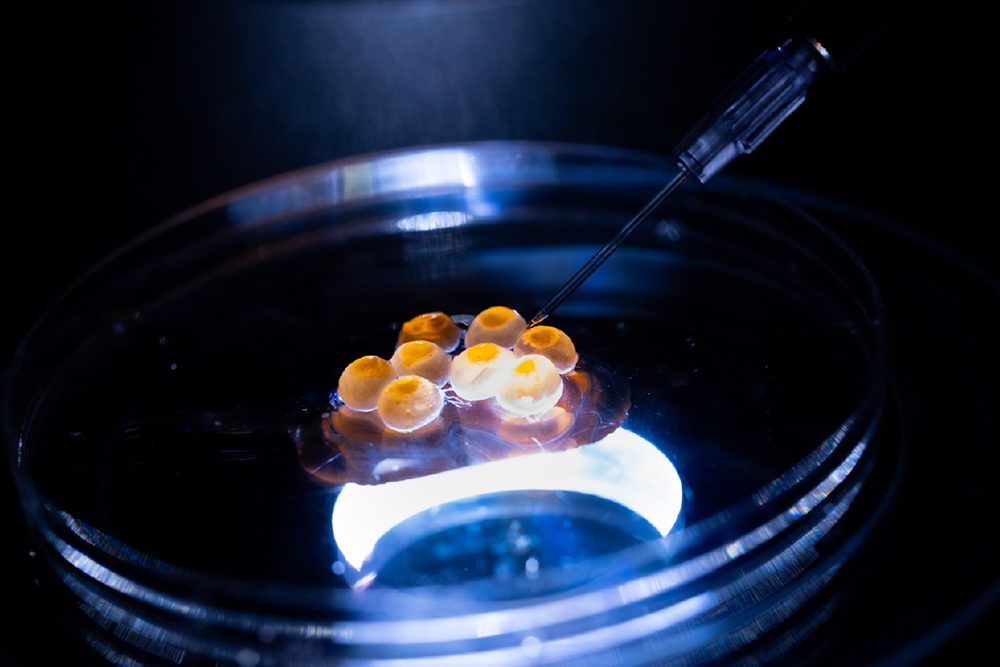
Innovation & Investment
With tools like CRISPR, can genome editing deliver more resilience for aquaculture?
Research in Japan shows genome editing can improve muscle growth in farmed fish, resulting in less feed and boosting disease resistance.
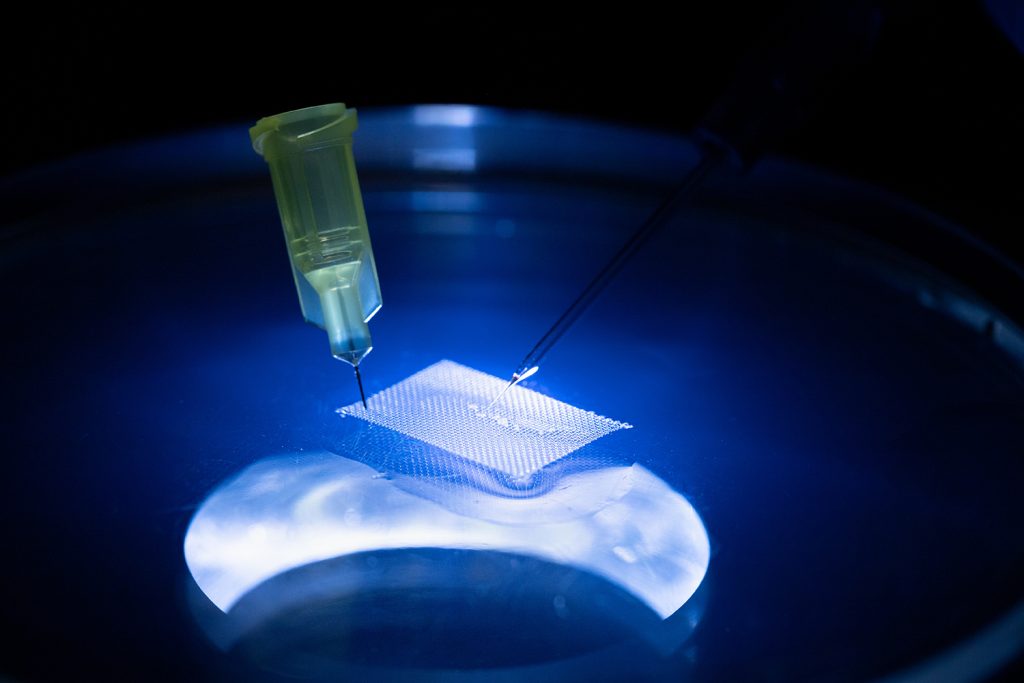
Innovation & Investment
Overcoming the ‘sterility paradox’: How new gene editing technology can solve it and benefit aquaculture
GOAL 22: Monosex sterile fish are good for farms but not hatcheries. The Center for Aquaculture Technologies solves this paradox at commercial scale with novel gene-editing technology.
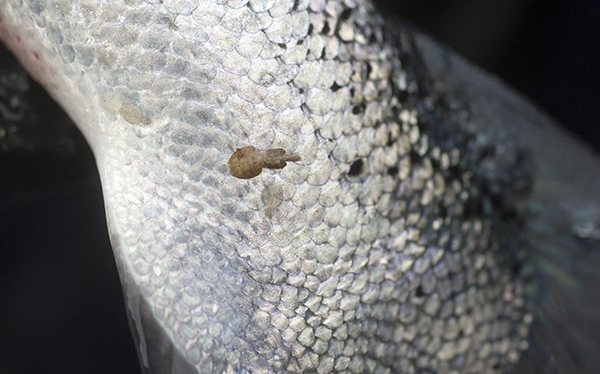
Health & Welfare
Gene editing eyed as a potential sea lice solution
A Nofima-led study is exploring the possibilities of using gene editing to make salmon more resistant to sea lice.
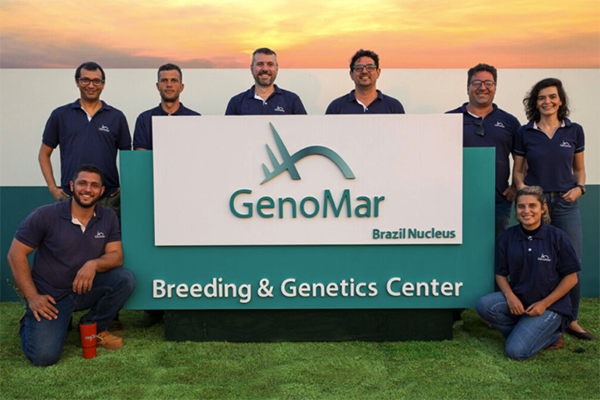
Innovation & Investment
GenoMar opens ‘state-of-the-art’ tilapia breeding and genetics center in Brazil
GenoMar has opened a tilapia breeding and genetics center that could help transform Brazil into an exporter of high-quality tilapia genetics.



